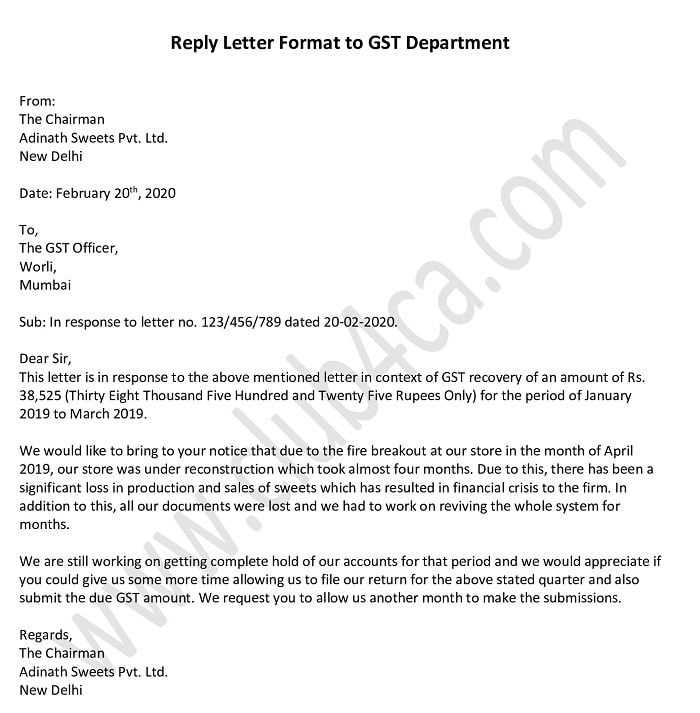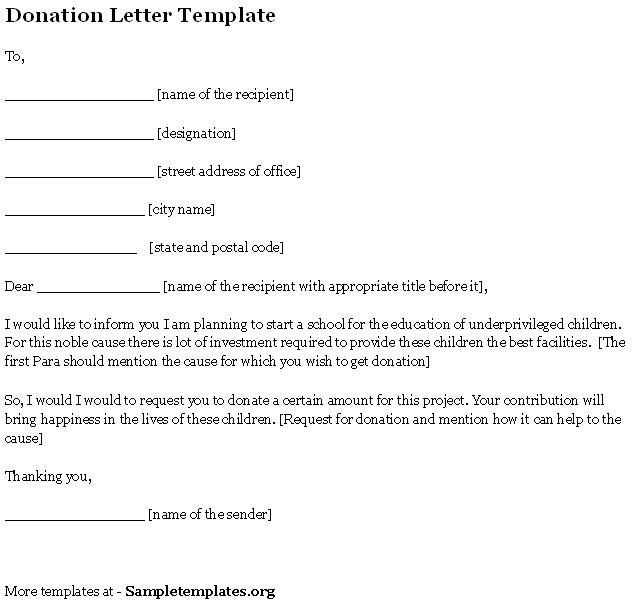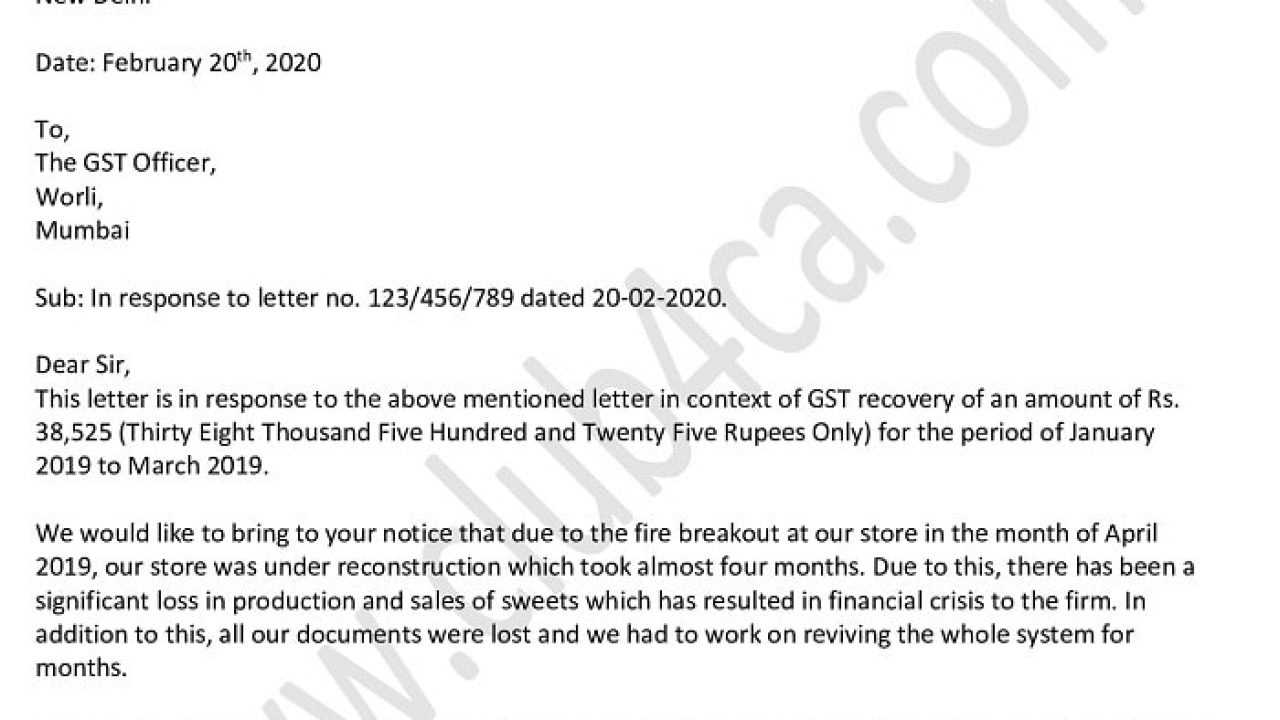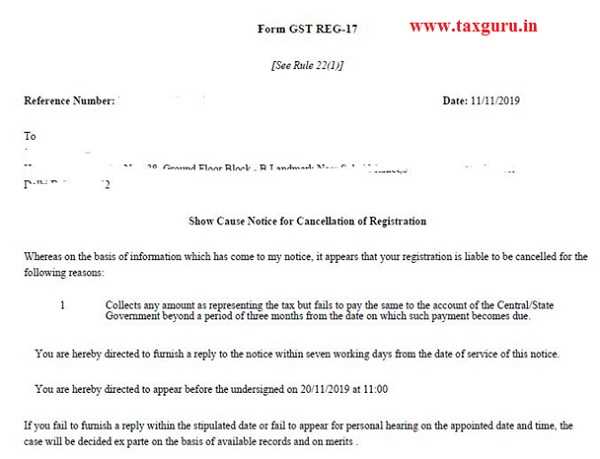Show Cause Letter Reply Template for Professional Responses

When facing formal requests for clarification or explanation from an employer, supervisor, or authority, it’s crucial to approach the situation with professionalism and clarity. Your response can greatly impact your reputation and the outcome of the matter at hand. Crafting a well-structured response is key to addressing concerns appropriately.
A well-prepared answer should demonstrate your understanding of the situation, your commitment to resolving it, and your ability to communicate effectively. It’s important to strike the right balance between acknowledging the issue and providing a clear explanation or justification.
In this guide, we will explore the essential components of an effective response, highlight common mistakes to avoid, and offer insights into customizing your approach to different scenarios. By following these guidelines, you can confidently handle formal requests while maintaining a positive professional image.
Responding to Formal Requests for Clarification

When you are asked to justify a particular action, decision, or behavior in a formal context, providing a clear, structured, and respectful response is essential. This type of communication plays a vital role in addressing concerns and ensuring that you present your side of the story in a professional manner. By following a systematic approach, you can effectively navigate such situations while maintaining your credibility and reputation.
Essential Components of a Professional Response
A successful response includes several key components. Start by acknowledging the inquiry and demonstrating your understanding of the situation. It’s important to provide a thoughtful explanation, offer any necessary context, and outline any steps you have taken or plan to take to address the matter. Clarity and conciseness are crucial–ensure that your message is easy to follow and free from ambiguity.
Customizing Your Approach for Different Scenarios

Each formal request may require a slightly different response depending on the nature of the issue. Whether it’s related to workplace conduct, a procedural mistake, or another situation, tailoring your message to the specifics of the inquiry is important. Be mindful of the tone and adjust it according to the formality of the communication and your relationship with the recipient. Always aim to resolve the matter in a way that reflects your professionalism and willingness to cooperate.
Understanding the Purpose of a Formal Request for Explanation
When an individual or organization seeks clarification on a particular issue, it is typically a formal process meant to understand the reasons behind actions or decisions that may have raised concerns. This formal request serves as a means for the concerned party to assess the situation thoroughly and determine the appropriate course of action. It allows the recipient to explain their side of the story in a structured and coherent manner, ensuring that all relevant factors are considered before making any decisions.
The main purpose of such a request is to provide a fair opportunity for the individual to justify their behavior or actions. By responding, the recipient can offer explanations, context, or any mitigating factors that could influence the outcome. This process helps maintain transparency and accountability in various professional and legal contexts, ensuring that decisions are made based on a comprehensive understanding of the situation.
Key Elements of a Response Document
When addressing a formal request for clarification, it’s important to structure your response carefully to ensure that your explanation is clear, concise, and effective. A well-organized document not only provides the necessary information but also reflects your professionalism and commitment to resolving the matter at hand. The key components of such a response help guide the reader through the details, ensuring all relevant points are covered.
Clarity and Structure
One of the most critical aspects of any response is clarity. Organize your thoughts logically, starting with a direct acknowledgment of the request and followed by a detailed explanation. Each point should be clear and concise, avoiding unnecessary jargon or overly complex language. Use paragraphs to break down the information into digestible sections, making it easier for the reader to follow your reasoning.
Supporting Evidence or Context
To strengthen your response, it is important to provide any necessary context or evidence that supports your explanation. Whether it’s documents, records, or personal statements, this additional information helps clarify your position and may assist in resolving the issue. Ensure that the evidence provided is relevant and well-organized, so the recipient can easily assess its significance.
How to Maintain Professionalism in Your Response
Responding to formal inquiries requires a balance between addressing the matter at hand and preserving a professional tone. It is crucial to communicate clearly, respectfully, and in a manner that reflects your commitment to resolving the issue. By maintaining a professional approach, you ensure that your message is taken seriously and that the situation is handled in an effective and constructive way.
Use Clear and Respectful Language
One of the most important factors in keeping your communication professional is the language you use. Avoid using any language that may come across as defensive, aggressive, or overly emotional. Instead, focus on providing factual and neutral explanations. Respectful language helps to prevent misunderstandings and keeps the focus on finding a resolution rather than creating conflict.
Be Concise and Objective
While it’s important to offer a thorough explanation, aim to keep your response as concise as possible without omitting necessary details. Provide the relevant information in a structured format and avoid going off-topic. Staying focused on the key points not only ensures clarity but also demonstrates your ability to communicate effectively in a professional setting.
Common Mistakes to Avoid in Responses
When responding to formal inquiries or requests for clarification, it’s essential to be aware of common mistakes that can undermine your message. These errors can cause confusion, appear unprofessional, or even escalate the situation. By understanding what to avoid, you can ensure that your communication is both effective and respectful.
Overly Emotional or Defensive Tone
One of the most detrimental mistakes is allowing emotions to guide your response. A defensive or emotional tone can create tension and derail the purpose of the communication. Keep the following in mind:
- Avoid accusatory language or blaming others.
- Refrain from using overly strong language or exclamations.
- Focus on providing clear and factual explanations without emotional bias.
Providing Irrelevant or Excessive Information
While it’s important to be thorough, offering unnecessary details can overwhelm the reader and detract from your main points. Stick to the relevant information and avoid adding superfluous explanations. Consider these guidelines:
- Only include information that directly relates to the inquiry.
- Keep your message concise and to the point.
- Avoid long-winded explanations that could cause the reader to lose focus.
Steps to Tailor the Response for Specific Situations

Customizing your response to fit the specific circumstances is crucial for ensuring that your message is relevant and addresses the unique aspects of the situation. Whether you are responding to a formal inquiry, a complaint, or a request for clarification, adapting your communication can demonstrate your attention to detail and enhance the effectiveness of your response.
Understand the Context and Specific Concerns
Before crafting your message, take time to understand the context in which you are responding. Identify the key issues and concerns raised by the other party, and tailor your response to address them directly. Focus on the following:
- Clarify the main points or allegations raised in the inquiry.
- Ensure that your response addresses the specific concerns, offering relevant explanations or justifications.
Adjust the Tone and Level of Detail
The tone and depth of your response should vary depending on the situation. For formal inquiries, maintain a professional tone, whereas, for more casual requests, a slightly less formal approach may be appropriate. Keep in mind the following:
- Use a formal tone for official or serious matters.
- For less formal situations, maintain professionalism while being more conversational.
- Adjust the level of detail based on the complexity of the issue at hand, providing sufficient context without overwhelming the recipient.
How to Follow Up After Sending Your Response
Following up after sending a formal response is an essential step to ensure that the matter is being addressed and to maintain open communication. A well-timed follow-up shows professionalism and reinforces your commitment to resolving any issues or providing necessary clarifications. It is important to approach this step carefully to avoid being intrusive while keeping the conversation moving forward.
After your initial message has been sent, it’s crucial to monitor the situation and decide the appropriate time to follow up. Here are key considerations:
| Step | Action | Purpose |
|---|---|---|
| 1 | Wait for a reasonable time frame | Give the recipient adequate time to review and respond to your communication. |
| 2 | Send a polite reminder | Gently remind the recipient about the response and request any updates if needed. |
| 3 | Offer further assistance | Demonstrate willingness to help and address any additional questions or concerns. |